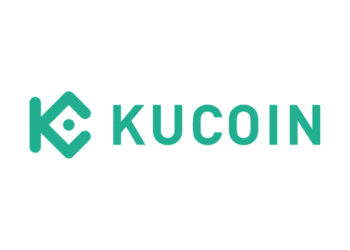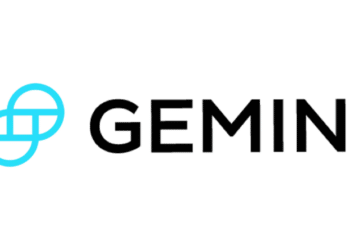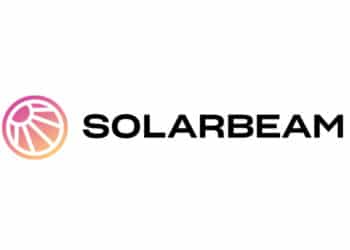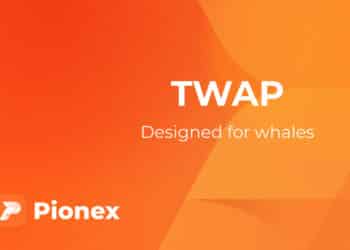Essentially, NFTs are just digital titles to real or virtual property that are recorded in a blockchain. Accordingly, this lessens the possibility of fraud and enhances an owner’s capacity for proving ownership.
The idea behind NFTs is fairly straightforward: they are digital assets that are exchanged on a network that does not rely on a centralized marketplace. Due to the fact that they are based on blockchain technology, customers can rest assured that their digital assets are safe and secure when using them. The first step in representing real-world real estate as a digital asset similar to NFT is taking part in one of the many NFT-based real estate marketplace games that are available online.
The working mechanism of NFT real estate
The term “virtual real estate” refers to parcels of land or structures located within virtual worlds that are typically occupied by users for considerable portions of their leisure time. The associated NFT can be purchased for cryptocurrency in order to gain access to these properties. In some cases, these properties may have monetary value depending on the type of project.
Whole or fractional ownership is an option when it comes to these real estate assets. In contrast to fractional ownership (FO), which confers joint ownership on individuals, entire ownership (EO) does not do so. With EO, a single entity takes ownership of the entire asset.
Individuals are able to acquire ownership stakes in fractions of a real estate property through the sale of NFTs, which results in fractional ownership. In a way, this is comparable to the way fractional shares function in traditional financial instruments like stocks.
Top NFT real estate projects
Decentraland

This is a browser-based 3D world where, using the native token, MANA, consumers can acquire virtual plots of land in the form of NFTs. The project was developed for content artists, individuals, and commercial organizations that were looking for a new artistic medium, a new source of entertainment, and a financial opportunity all at the same time. Decentraland has a total of 90,601 Plots which includes 43,689 private land plots, 33,886 district land plots, 9,438 highways, and 3,588 plazas. Each parcel of land measures 16 meters by 16 meters.
There are no two plots of land in Decentraland that are the same. However, anyone can buy, trade, or rent land NFT through the Decentraland Marketplace. The land NFTs each have their own unique set of coordinates, which can be used to pinpoint their exact location on the map. There is a correlation between an NFT’s value and its proximity to a plaza or a major roadway. An “estate” in Decentraland is a term for a collection of land parcels.
The Sandbox
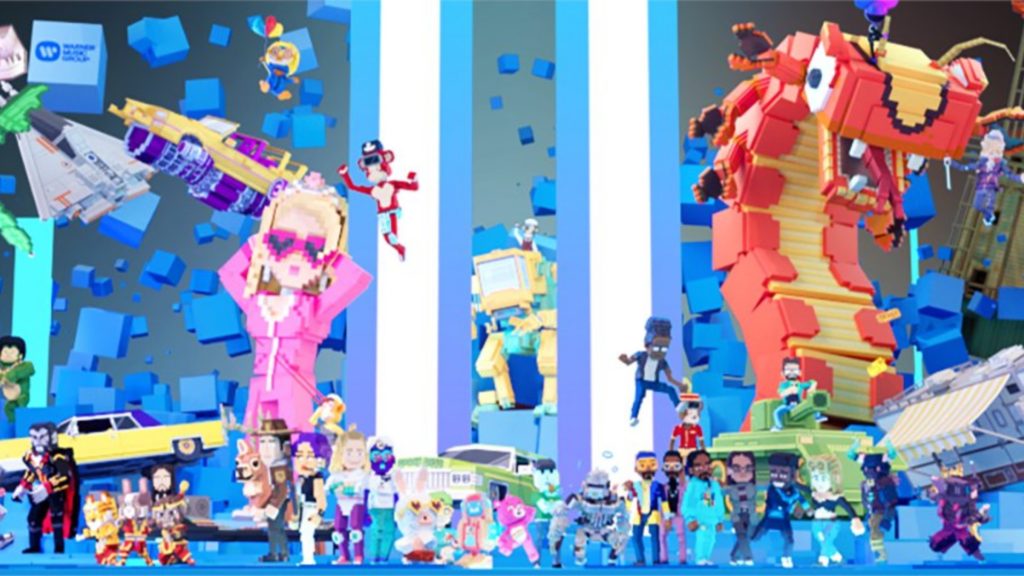
Participants in the Sandbox use NFTs stored on the Ethereum blockchain to build a virtual world for themselves. There are 166,464 land plots in the Sandbox Metaverse, and 32x32x32 voxels are equal to one meter in this world. Various forms of real estate are available in the game, each with varied sizes.
The official website for The Sandbox provides users with access to a digital map that depicts the NFTs located across the area. Also, LAND NFTs are available for leasing to game developers. Land NFTs can be grouped together to form larger estates or areas of land use management.
Conversely, it is possible to subdivide larger estates into a number of smaller property parcels. Notably, the cost of a Land NFT has increased significantly in the last three months. In a little under a year, the standard farm price increased from $40 to $960 on average.
Matrix World
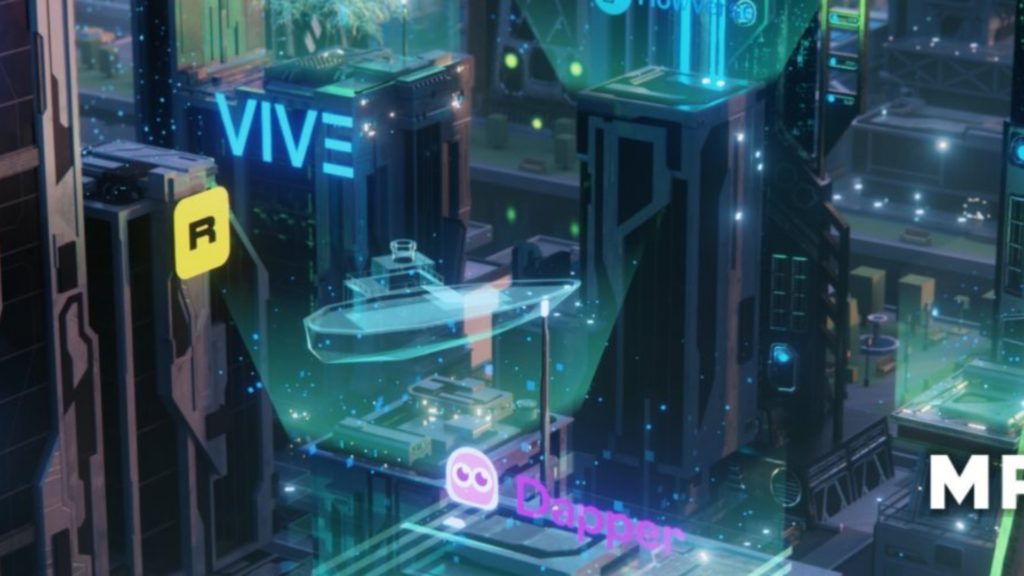
Buyers can presently acquire 5000 Ethereum-based land plots and an identical number of flow-based land plots through Matrix World, one of the new blockchain apps selling land plots. Matrix Environment is a 3D, open-world virtual environment that provides landowners with a greater degree of control and capabilities than is typical in online environments.
Using Matrix World’s Open World technology, players can also run their own decentralized applications and games.
The smallest topographical unit in Matrix World, known as Matrix Land, has limited storage resources. Numerous blockchains offer the ability to trade a Land as an NFT asset.
Silks
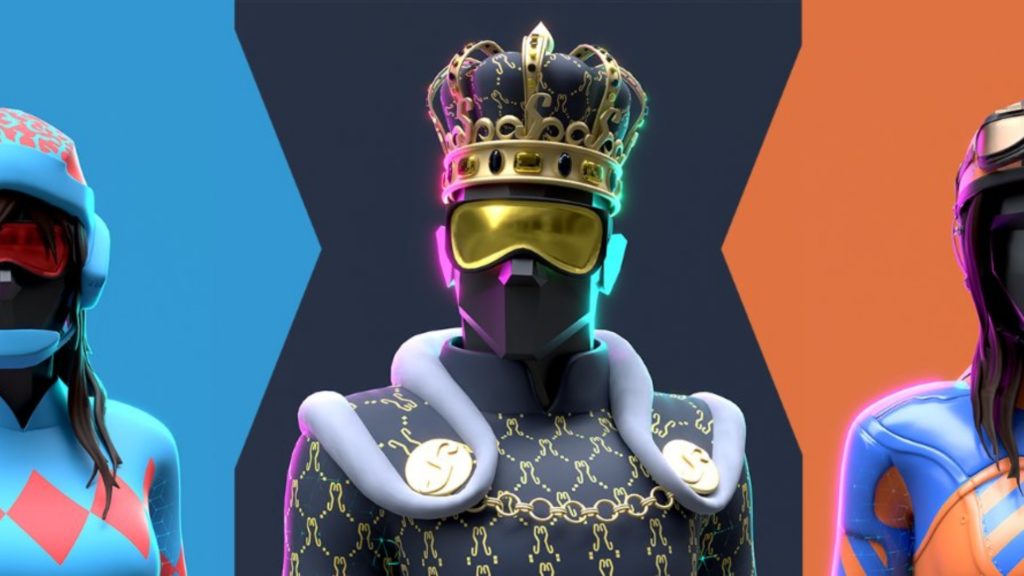
This is the first blockchain-enabled metaverse that is centered around horse racing. Silks employ Ethereum blockchain technology to build a virtual-to-real world thoroughbred horse racing link. Play-to-earn gaming is a key feature in Silks, and players can utilize virtual currency to help create the game environment and improve gameplay. Other exciting services like horse-trading and breeding are available to Silks members.
Silks gives its customers the ability to buy, collect, and exchange digital tokens that represent racehorses that exist in the real world. In addition, they can use NFT plots to cultivate land and horse farms. Silks stores racehorses’ genetics, training records, and racing results in decentralized datasets used by Silks. Players can then mint these racehorses on blockchain as NFTs, allowing them to be tradable assets.
Each NFT land in this metaverse represents one acre, and the metaverse has a total area of 202,500 acres. Land is essential to the functioning of the Silks ecosystem since it is necessary for players to build stables and horse farms on which they may house and train their Silks Horses.
Meta Mansions
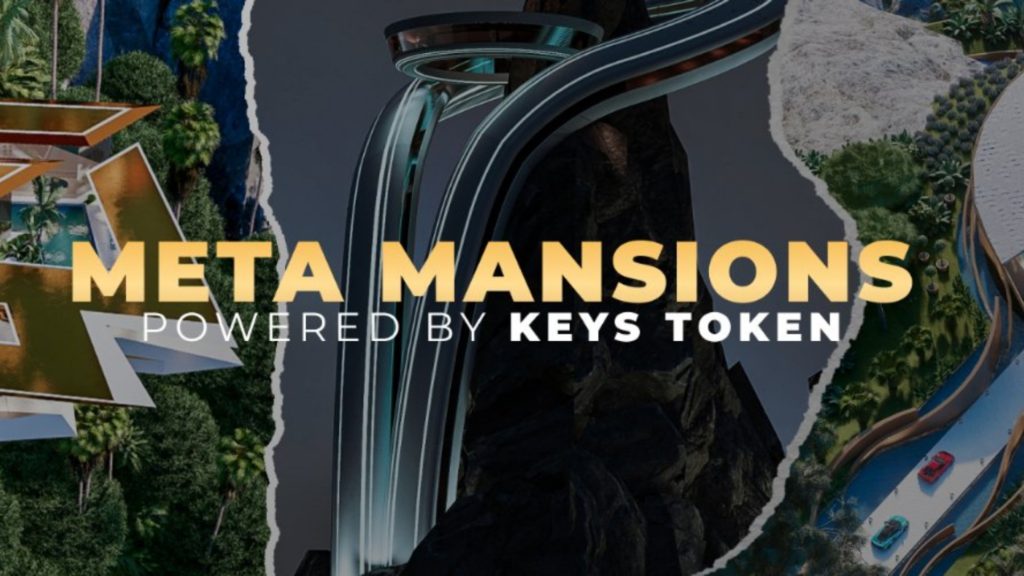
Meta Mansions is a recently-launched NFT initiative that enables gamers to build a passive income stream based on their gaming skills by purchasing the virtual estate. The KEYS metaverse, an Ethereum blockchain-based virtual world, has 8,888 NFTs, which represent digital houses in this project.
Owners are able to earn rental revenue by renting out their digital mansions to others due to the restricted supply. By integrating product placement options in the future, Meta Mansions’ development team hopes to make it easier for players to profit from their homeownership.
Axie Infinity

NFT land Axie Infinity allows you to create things, serve characters, and develop structures. It’s more than just land. It will also be possible to alter the design, color scheme, and arrangement of homes and plots.
There are residences and bases of operations for Pokémon and Tamagotchi-like Axie monsters in Lunacia; an Ethereum-based land ecosystem split into tokenized chunks of land. With the help of numerous in-game materials and crafting components, landowners can gradually develop their plots of land.
Searching for resource nodes around the globe with Axie monsters increases the chances of obtaining AXS tokens and earning additional resources for gamers and landowners.
In summary
Many real estate firms and investors are turning to real estate NFT because of its many applications and benefits. However, when it comes to transferring ownership of real estate, it is necessary for the deed to be issued as an NFT. A major problem with this is that most governments do not recognize NFTs as a form of asset class.




